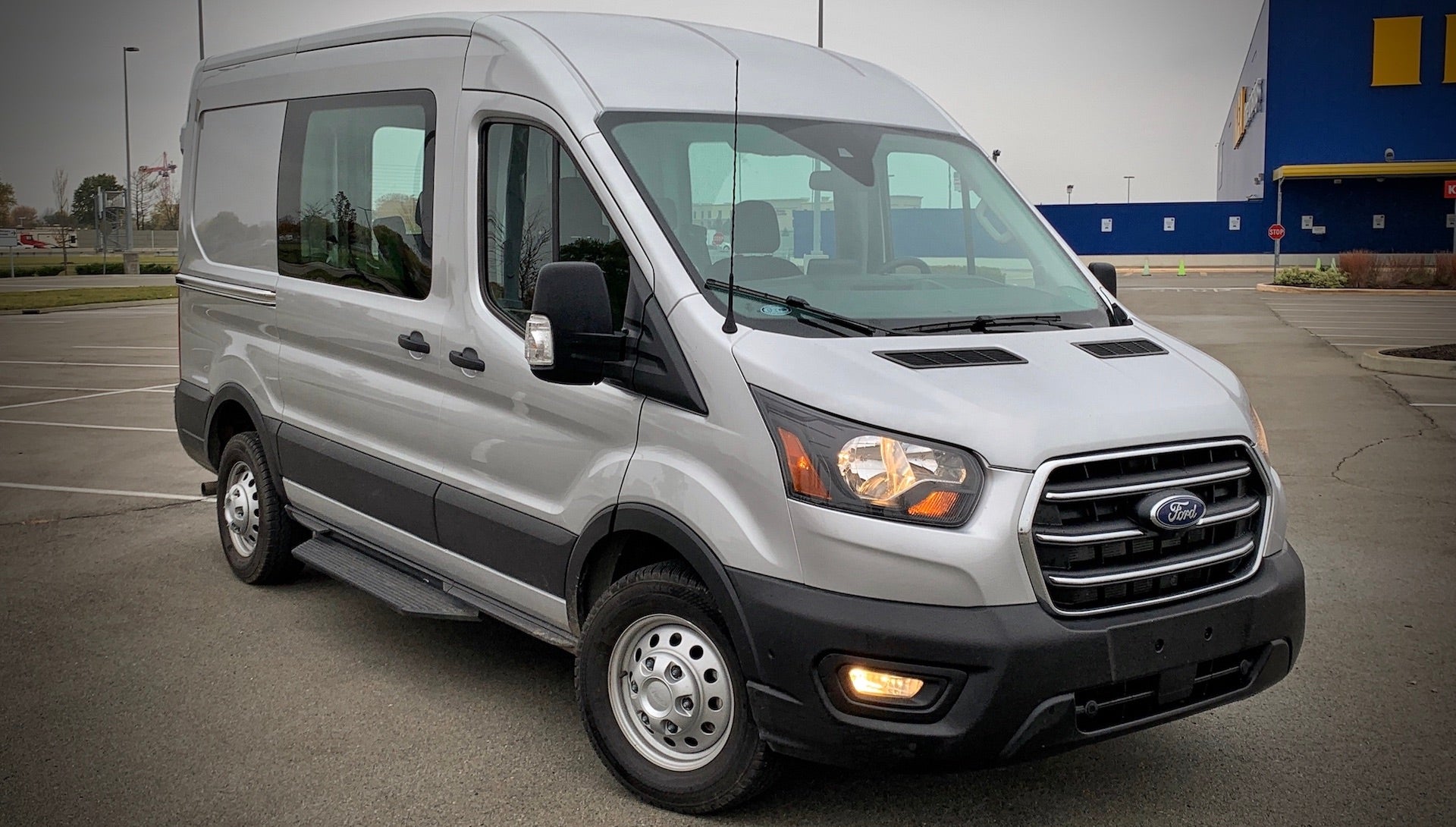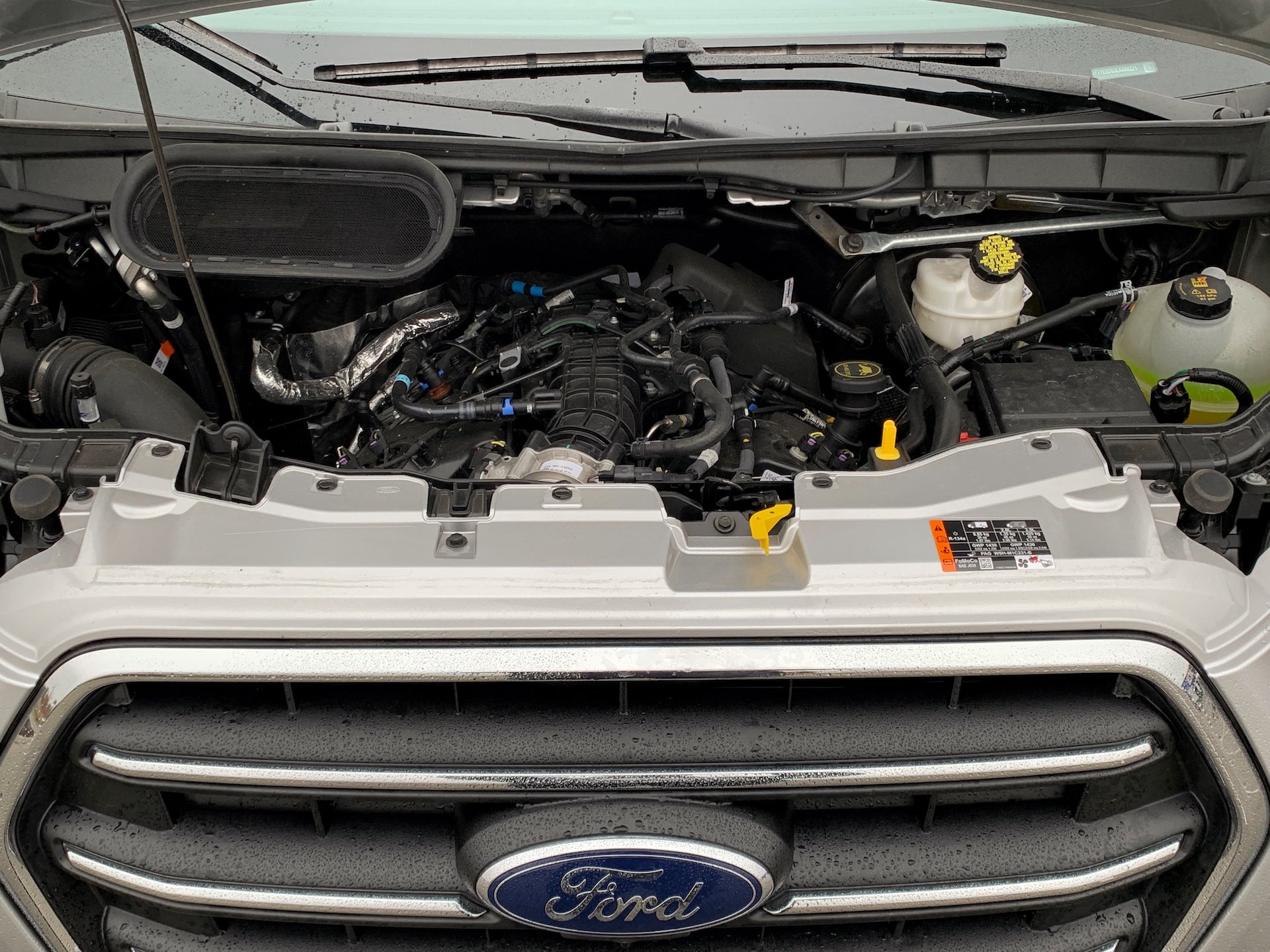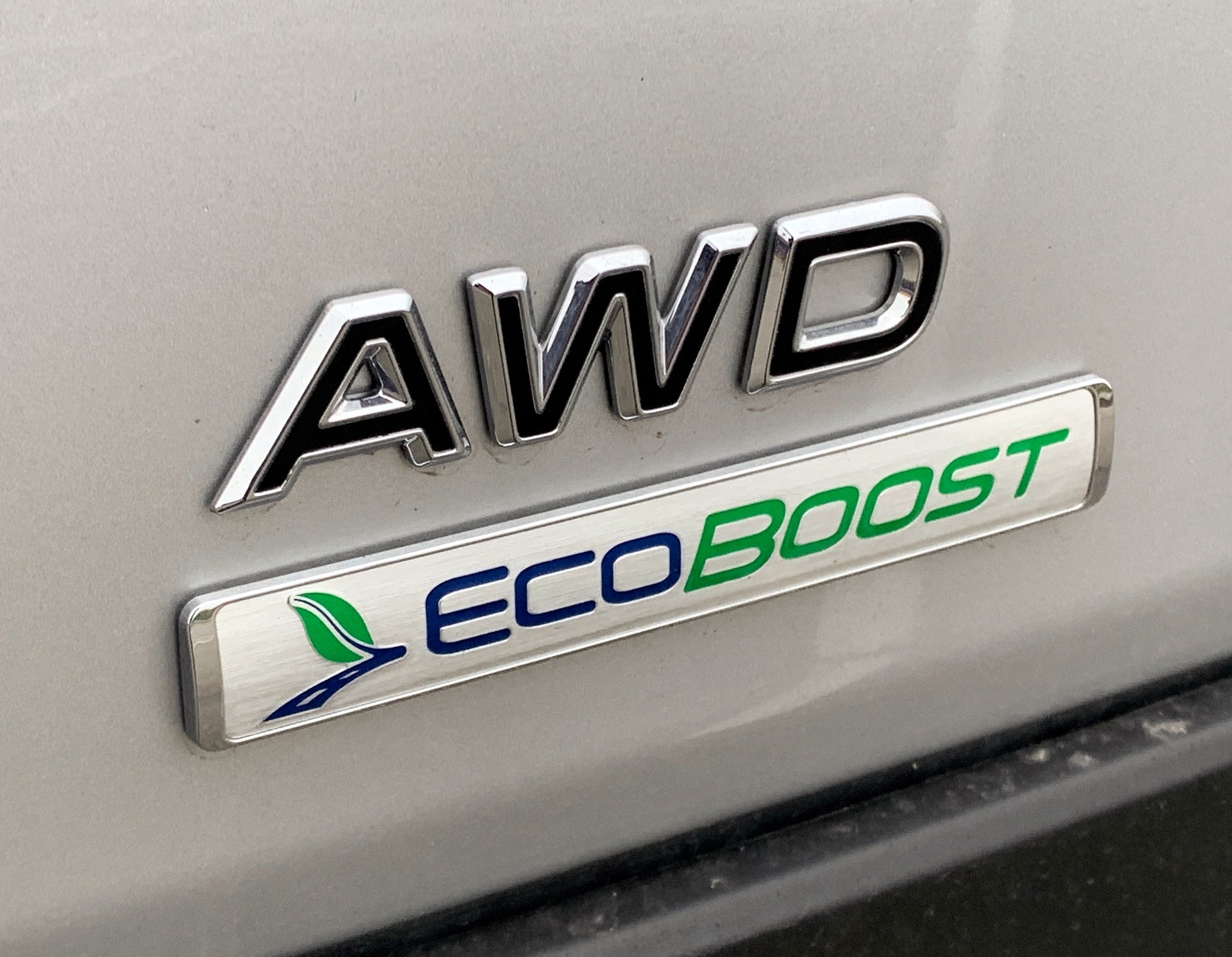I still remember the first time I heard the term "soccer mom van" or just "soccer van." As someone who migrated to this country and who counts English as his second language, it didn't make any sense. After all, soccer—or futbol—is played by everyone where I come from, yet I couldn't understand why only these so-called American soccer moms drove vans? It's still a weird concept considering soccer isn't even a big sport in the U.S., but I guess that doesn't matter. What does matter is that, despite being overshadowed by SUVs and crossovers, a very strong case can be made for these kinds of vans as a family- and stuff-hauler.
Used for an enormous variety of purposes ranging from package delivery to mobile workshops and even off-roady escape-mobiles, the #vanlife tsunami is sweeping through a nation that's always lagged behind in van culture. Unlike in the United States, vans—and not minivans, but real, proper vans—in Europe have always played a crucial role in getting from point A to point B, creating dozens of subcultures dedicated to tricking out vans in flamboyant ways along the way.
Dissimilar to minivans, which in recent years have turned into rolling luxury apartments with equally luxurious price tags, traditional vans like the Transit have remained true to their commercial roots with their boxy shapes, enormous windshields, nearly unlimited interior configurations, and sometimes windowless side panels, which are incredibly useful despite their sometimes creepy connotations. (Let's just say that you shouldn't put a "Free Puppies" sign on the side of one unless you're ready to answer some questions from the law.)
But I wanted to see for myself if these mostly-commercial boxes are any good for daily/family life, so I recently wheeled a 2020 Ford Transit up and down Indianapolis for an entire week. Will the passion for vans that my father, a man who owned and loved everything from a Plymouth Voyager to a Porsche 911, instilled in me be reignited again?
2020 Ford Transit 150 AWD Medium Roof Crew, By the Numbers
- Base Price (As Tested): $42,565 ($51,510)
- Powertrain: 3.5-liter twin-turbo EcoBoost V6 | 310 horsepower, 400 pound-feet of torque | 10-speed automatic transmission | all-wheel drive
- Max Towing Capacity: 5,100 pounds
- Max Payload Capacity: 3,000 pounds
- Cargo Volume: 151.8 cubic feet (behind second row)
- Quick Take: Throw your expectations and any sense of fashion out the window. This box on wheels may not be glamorous, but it's one of the most comfortable and coolest commuters I've ever driven.
The tester Ford kindly dropped off at my house with a full tank of gas was a Transit 150 AWD with the medium roof and crew configuration. This breaks down into the following: it has all-wheel drive, sits at the entry-level of towing and payload capacity with its 150 designation (out of 250 and 350), a 130-inch wheelbase, medium-height roof, and crew bench seating.
In this particular configuration, the Transit could carry five people total courtesy of two seats up front and one bench seat in the back with seatbelts for three passengers or two sets of anchors for baby car seats. The rest of the van was pretty bare-bones, with a simple metal floor in the back similar to that of a pickup without a bedliner, and metal panels on the last set of window cutouts instead of glass. All in all, it certainly looked like an unmarked Amazon delivery van, but that was just a small part of the fun of driving it.
On the Road
Like most of you, my daily commute is pretty set and has very little variation from one day to another. The pandemic hasn't helped with that situation either. As a result, 95 percent of my time behind the wheel of the Transit was spent in city stop-and-go traffic, which presented me with a sort of crash course into Big-Ass Van Driving 101.
My first impression is that the Transit was actually quick—like, really quick. The turbocharged 3.5-liter V6 EcoBoost under the hood propels the approximately 5,100-pound van effortlessly when unloaded, and given its 310 horsepower and 400-pound-feet of torque, I'm sure it can do so with cargo in the back.
Acceleration is equally impressive at highway speeds. I may not have logged many interstate miles during my weeklong test, but the few that I did truly highlighted how capable these vans are.
At 75 or 80 mph on the highway, the Transit had enough pulling power to pass slower traffic or get ahead of merging semis. And while the EcoBoost engine surely deserves a gold star on its theoretical forehead, it's the 10-speed automatic transmission that's the real star of the show.
Driving a heavy-duty front axle and a regular duty rear, the transmission never skipped a beat whether it was cruising on the highway, racing from one stoplight to another, or maneuvering around a parking lot. The shifts were always smooth, always on time, and very quick—almost too fast considering that this is a commercial vehicle—but that's not a bad thing.
The suspension setup is pretty straightforward, with independent MacPherson-struts in the front and good 'ol leaf springs in the back. However, if there's one benefit to the Transit being the world's best-selling van, is that Ford knows how to fine-tune the suspension to strike a perfect balance between comfort and payload performance.
I expected my first big pothole to be a jarring experience that would reverberate throughout the entire metal body, especially considering that the van has little to no sound-deadening past the second row, but that wasn't the case. The suspension handled things quite nicely and absorbed every bump Indy could throw my way. So well, in fact, that both my wife and kid told me that they expected the ride to be harsh and bouncy based on the van's looks, but that it turned out to be the exact opposite.
Comfort
In an earlier post, I asked readers to send me any questions they had about the Transit. Unsurprisingly—and like with the Chevrolet Corvette C8 I recently drove—most of them had to do with interior comfort and everyday usability. So, I shall talk about these things.
In terms of swankiness, the Transit clearly isn't quite up to par with the Mercedes-Benz Metris or decked-out Sprinters designed for black-car executive transport. However, the Transit isn't exactly a slouch in this department, as the cabin is modern, well-organized, and most importantly, intuitive.
Sure, the seats aren't wrapped in leather, but in my tester, they offered power adjustments and seat heaters so strong that you'd think you're straddling the sun. The seat materials themselves are basically identical to those I had in my 2017 Ford F-150 XLT, which is a nice plus, considering most commercial vehicles offer low-grade, ugly textiles for seat covers.
Naturally, the seats sit up high over the dash and the steering wheel sits down low, providing a relaxed driving position where the hands naturally hang over the lower edge of the steering wheel. From this somewhat-upright position, the dash-mounted shifter falls perfectly within reach, and so do buttons on the center stack and infotainment screen.
Padding in the seats is ample and well distributed throughout the bottom and back cushions. This is important, as the Transit, by nature, is meant to be driven for long stints. And despite looking like something out of the Basic Economy cabin of a low-budget airline, the rear bench seat offers plenty of padding and is also quite comfy.
Lastly, visibility is probably what differentiates the Transit from other large SUVs or trucks that are typically the ride of choice for road-trippers. You won't find a better vantage point or bigger windshield than you do in the Transit unless you go into a full-on RV. The size of the windshield wipers is rather comical, but they worked flawlessly.
Vision out the back, however, is compromised by the barn-door setup, which creates a blind spot directly in the middle of the van. Also, while the rear windows can be defrosted, there aren't any wipers, so forget about seeing behind you in the rain or snow.
Verdict
Listen, I get it, driving a commercial van day in and day out isn't for everyone. I personally loved it, but I have kids, I have over 200 pounds worth of big, bulky, hairy dogs, and my commutes are so short that a 15-mpg city average doesn't really faze me too much.
Thanks to its modern tech like front and rearview cameras, parking sensors, smart cruise control, and an entire suite of advance driver assist like lane departure warning, automatic emergency braking, and side curtain airbags even on the second row, one can certainly daily one of these comfortably and most likely happily.
In the city, the Transit was just as enjoyable to drive as a Chrysler Pacifica, just with a bit more wind noise, less cushy interior, and way higher ride height. On the highway, even with moderate rain, it felt as solid as a bullet train. At the grocery store or Ikea, it provided me with plenty of room to carry whatever I needed—but that's pretty obvious.
No, it's not perfect. The side sliding door, for example, proved to be too hard to open for my nine-year-old, meaning that if you plan on hauling young kids around, you're most likely going to have to open the door for them. Closing said door isn't easy either, as you have to really pull and slam the hell out of it for it to shut properly. And lastly, the halogen headlights are typical Ford halogen headlights: shitty. And for about $50,000, you can find more comforts on nearly anything else that isn't a tiny sports car—but the Transit offers a capability that most of SUV-addicted America may not even know about. If SUVs and crossovers can't properly meet your needs, look in this direction. A Transit just might.
All in all, my kids may not play soccer, but this boxy little guy has definitely reignited my passion for the #vanlife.
Email the author at [email protected]











